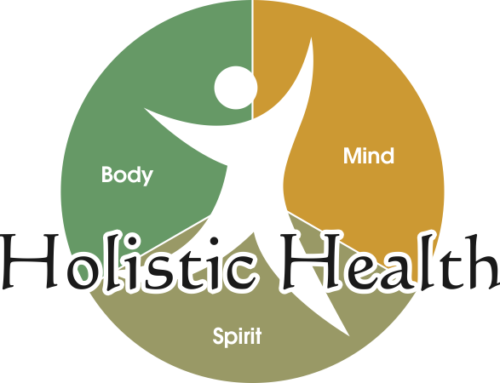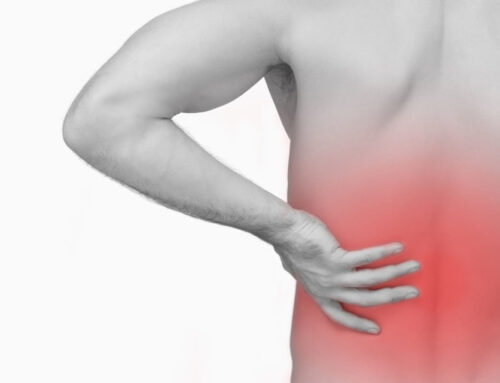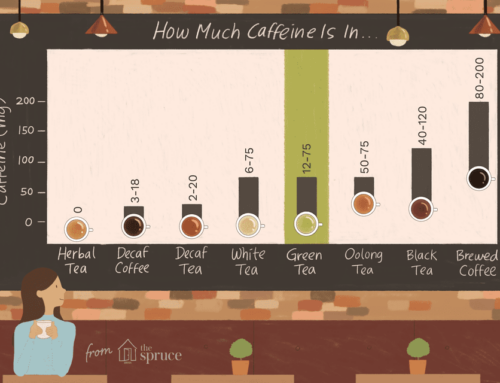Did you know your blood pressure decreases as you get older? Strength, flexibility, and endurance all decrease with age, too. Your heart is an organ composed of muscles which will grow older, weaker, and less flexible over time. Keep your muscles strong and steady, just like your heart, to decrease dizziness and fall risk.
A problem that many people age 60+ experience is dizziness when changing positions. When you stay in one position for an extended amount of time, your body only sends blood to where it is needed in order to save energy. Part of this energy-saving is decreased effort to return blood from your extremities to the heart known as blood pooling. Less blood is returning to the heart (because it does not need to). When you sit or stand up, the heart expects the blood to be available, but since it has been resting, it takes a split second to get going again. This split-second lapse in blood supply can cause momentary deoxygenation in the brain causing dizziness, fogginess, and fainting. All of these symptoms could result in a fall in an elderly individual. Fear not – there are easy solutions to help keep you safe!
Hydration:
Blood pooling and decreased cardiac return can be caused by low blood volume. Blood is composed of plasma, water, and blood cells. If you are dehydrated then you may be at an increased fall risk due to the heart needing to work harder to move sticky blood throughout the body where water may assist in its fluidity of transfer (pun intended).
Light Exercise:
Not the “running on a treadmill” or “bench pressing a car” sort of exercise. Prior to changing positions, try doing these easy warm-up exercises: ankle circles, toe taps, marching with the knees, kick your legs out straight one-by-one, lift your forefoot up, then your heels up. These simple exercises can help you get from a stationary position to up and moving again very easily.
Take Your Time:
Lastly, the most important way to reduce falls…. SLOW DOWN! Plan your destination from point A to point B. Ask yourself, “What’s more important, doing it fast or doing it right?” Take deep breaths and be sure to watch out for any obstacles that could impede you along the way. Check for hills, ramps, or bumps and pick up those feet when walking–this helps for avoiding stubbed toes, and of course, falling.
**Take away point: Hydration, light exercise, and taking your time could be the difference between walking smoothly and ending up on the floor (not optimal).






